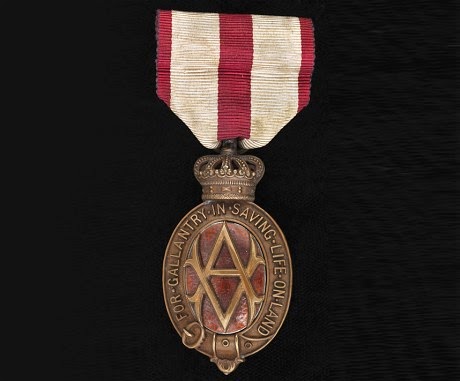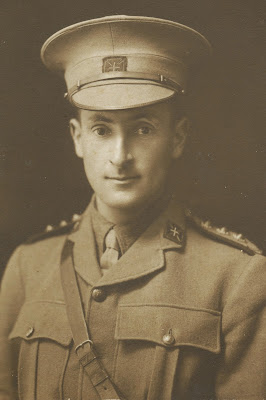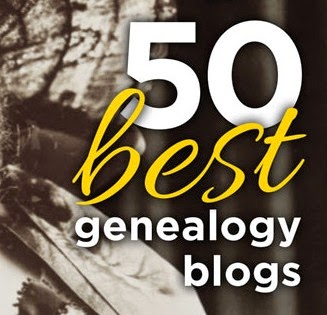It's wonderful what you can find at the local fete. Last week I picked up a little cloth-covered book called
A Rough Y.M. Bloke by Frank Grose, without any idea of what it was likely to be about. I discovered an interesting tale by Grose who embarked as a YMCA representative with the honorary rank of 2nd Lieutenant on the
Marathon on 9 May 1917. Above is an illustration for the book by Daryl Lindsay, depicting the proximity to the front line of the YMCA support services.
This further drawing used in the book depicts Frank Grose pushing up to the Field Artillery emplacements fully laden with cigarettes, matches and newspapers to keep up the morale of the troops. The bad roads made pedalling very hard work. Supporting the troops with warm drinks as they came out of the trenches was much appreciated by them. YMCA canteens could also be found in Paris and France for troops on leave to get a drink, read a newspaper, or write letters home.
James Anderson wrote a letter to his little daughter on YMCA notepaper.
The little book by Grose gives a useful account of the sort of work done by YMCA blokes both close to the front line, and behind the lines in France and England, particularly after the Armistice.
The book also contains a roll of honour of the Officers, NCOs and men of the 1st Divisional Artillery AIF who fell in the war, but it appears to include only enlistees from New South Wales.



















